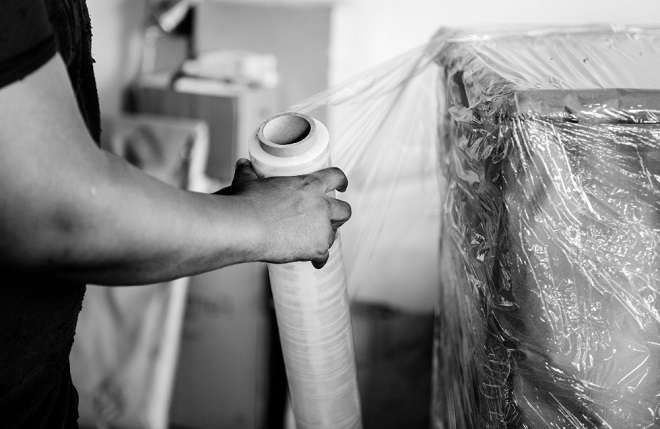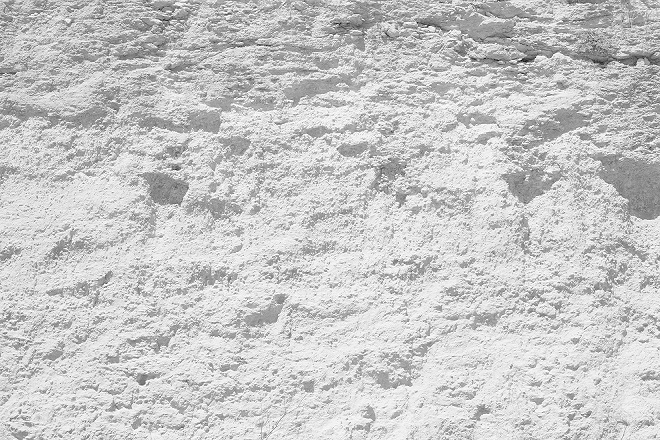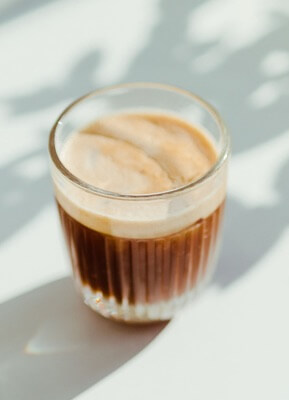Currently, three commonly used slip agents and anti-sticking agents in China include oleamide, erucamide, and silica. Although their uses are similar, there are some differences in their specific types and methods of use.
1. Features
1.1 Oleamide
Also known as oleamide, is used in polyethylene films. It can reduce internal friction during processing and friction between conveying equipment. Make demoulding easier and improve the surface gloss of the product. It is added in low amounts (0.1-0.15%). And must be mixed evenly in the processing plant or added in the form of a masterbatch to ensure consistent slip. Compared to erucamide, oleamide migrates to the surface more quickly.
1.2 Erucamide
It has a lower long-term coefficient of friction and better thermal stability.
Erucamide is mainly used as a slip agent and anti-sticking agent for CPP, BOPP, LDPE, LLDPE, EVA, PVC, PVDF, PVDC, PU, metallocene polyethylene and other plastics. It significantly reduces the kinetic and static friction coefficients of the product (film or sheet). It improves processing performance and packaging efficiency.
1.3 silica
Silica is used to maintain the high gloss of the film. It has a high specific surface area and strong anti-adhesion properties. It is suitable as a slip agent for film materials. It has good dispersibility and can be evenly dispersed in the resin to produce a 10-25% anti-stick masterbatch. Suitable for PP, PE, and other film products.
2. The mechanism of action of slip agent
There are two main reasons why membrane separation is difficult. One, a vacuum seal is formed between the membranes after closure. Second, the molecular chains exposed on the membrane surface are entangled with each other, preventing it from opening. These two factors coexist. The latter is the main reason why the film has difficulty getting started.
With the development of the plastics industry, plastic additives have been promoted from processing aids to application aids. Slip agents are a typical example. Early days are inorganic additives such as talc and diatomaceous earth. Now they are organic additives such as oleamide, erucamide, and EBS derivatives. With the current widespread use of synthetic silica as a slip agent in films, the evolution has been tremendous. Early inorganic slip agents made the surface irregular to reduce negative pressure between films. Later organic agents form a lubricating film on the surface of the film. It reduces the friction coefficient and prevents adhesion. Both types also hinder entanglement between molecular chains.
3. Comparison of the effects of oleamide, erucamide and silica
The additional amount of oleamide is low (0.1-0.15%). It needs to be added in the form of a mixture or masterbatch at the processing plant, to ensure consistent slip. It is very suitable for PE openings. It can quickly achieve desired results with very low addition amounts. But it has a significant disadvantage – a strong smell and rapid migration. It also affects corona treatment and printing. It is especially sensitive to the temperature difference between summer and winter. Also, careful consideration is needed when adding to skin or core layers.
To make the friction coefficient of composite films such as transparent PP composite film and PP pearlescent film less than 0.4, a slip agent (oleyl amide or erucamide) must be added. Generally speaking, they should be added to the core layer to migrate to the surface. In the production of BOPP films, compared with oleamide, erucamide has the advantages of strong slipperiness, small migration, high-temperature resistance, and resistance to yellowing.

Silica anti-sticking agent (slip agent) is evenly dispersed in the film. Countless small, hard protrusions are formed on the surface of the film. It reduces the contact area between films. It also reduces the coefficient of friction, making the film easier to open. Additionally, these protrusions allow outside air to enter between the two membranes. So it prevents the formation of a vacuum, thus preventing the film from sticking.
4. Application in BOPP film
The refractive index of silica is similar to that of polypropylene. It hardly affects the optical properties of BOPP film and ensures uniform dispersion. Silica does not migrate within BOPP films. It can be applied directly to the film surface. The particle size of the anti-sticking agent must match the thickness of the film, generally 0.5-0.8 microns. Improper particle size affects the surface gloss and transparency of the film. Common problems in BOPP film production are film adhesion and migration or penetration of short-chain molecules between layers due to various factors. This leads to waste. So, an anti-sticking masterbatch, which mainly consists of anti-sticking agents, is added to provide a certain roughness to the film surface. It reduces the friction coefficient and prevents adhesion.
The amount of anti-blocking masterbatch varies based on specific film requirements. Mix the amide and anti-adhesive agent in a masterbatch at a level of 20-30%. Produces excellent slip and opening properties, typically added at 1-3%.
5. Application of slippery masterbatch
After adding a slip agent (oleamide or erucamide), the friction coefficient of composite films such as transparent PP composite film and PP pearlescent film can be reduced to less than 0.2. It achieves a smooth opening. It is usually added to the core layer. Slip agents will migrate to the surface. In the production of BOPP film on a cigarette packaging machine operating at a speed of 500-800 packs per minute. Erucamide (approximately 0.12%) is necessary to achieve a coefficient of friction below 0.2.
The dosage of slip agent in flat film is generally 800-1500 mg/kg. The surface layer of co-extruded film is 1000-1500 mg/kg. The core layer is 1000-2000 mg/kg. Adding to the core layer results in slower migrations. It takes about a week. But, in high temperatures, it can occur in just a few days. Cooperating with the anti-sticking masterbatch can ensure effective slippery and anti-sticking properties of dynamic friction and static friction.
6. Select additives
In slip masterbatch, the choice of amide and silica is crucial. Due to impurities in animal oil production. Changes in amide quality can cause problems such as odor or black spots. So, selection should be based on performance testing and usage conditions. The choice of silica is even more critical. Factors such as particle size, specific surface area, moisture content, and surface treatment should be considered. All of these impact masterbatch production and film performance.
In summary, it is important to distinguish between slippage and opening. Slip agents make surfaces smoother. Like adding a layer of water between two panes of glass, promoting movement but making separation difficult. Opening agents, on the other hand, can roughen the surface. Just like using sandpaper between panes of glass to make separation easier. But moving is more challenging. The open masterbatch consists mainly of inorganic silica and does not migrate. Slip agents are mainly composed of organic amides and will migrate.




